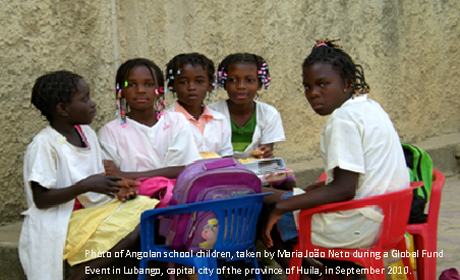Data Menu
-
Country Pages
-
Asia & the Pacific
- أفغانستان
- بنغلاديش
- بوتان
- كمبوديا
- الصين
- الهند
- إندونيسيا
- إيران (جمهورية - الإسلامية)
- جمهورية لاو الديمقراطية الشعبية
- ماليزيا
- جمهورية الملديف
- منغوليا
- ميانمار
- نيبال
- باكستان
- بابوا غينيا الجديدة
- الفلبين
- سري النكا
- تايلند
- تيمور الشرقية
- فييت نام
-
Eastern Europe & Central Asia
- ألبانيا
- أرمينيا
- أذربيجان
- بيلاروسيا
- البوسنة والهرسك
- جورجيا
- كازاخستان
- Kosovo Office
- قيرغيزستان
- مولدوفا، جمهورية
- مقدونيا الشمالية
- صربيا
- طاجيكستان
- تركيا
- تركمانستان
- أوكرانيا
- أوزبكستان
-
الدول العربية
- الجزائر
- جيبوتي
- مصر
- العراق
- الأردن
- لبنان
- ليبيا
- المغرب
- عمان
- فلسطين
- الصومال
- السودان
- الجمهورية العربية السورية
- تونس
- اليمن
-
East & Southern Africa
- أنغولا
- بوتسوانا
- بوروندي
- جزر القمر
- Congo, the Democratic Republic of the
- إريتريا
- إسواتيني
- إثيوبيا
- كينيا
- ليسوتو
- مدغشقر
- الملاوي
- موريشيوس
- موزمبيق
- ناميبيا
- رواندا
- سيشل
- جنوب أفريقيا
- جنوب السودان
- تنزانيا، الجمهورية المتحدة
- أوغندا
- زامبيا
- زمبابوي
-
Latin America & the Caribbean
- الأرجنتين
- بوليفيا (دولة - المتعددة القوميات)
- البرازيل
- شيلي
- كولومبيا
- كوستاريكا
- كوبا
- الجمهورية الدومينيكية
- الإكوادور
- السلفادور
- غواتيمالا
- هاييتي
- الهندوراس
- المكسيك
- نيكاراغوا
- بنما
- باراجواي
- بيرو
- أوروغواي
- فنزويلا (جمهورية - البوليفارية)
- الكاريبي (متعدد البلدان)
-
West & Central Africa
- بنين
- بوركينا فاسو
- كابو فيردي
- الكاميرون
- جمهورية إفريقيا الوسطى
- تشاد
- الكونغو
- كوت ديفوار
- غينيا الإستوائية
- الغابون
- غامبيا
- غانا
- غينيا
- غينيا-بيساو
- ليبيريا
- مالي
- موريتانيا
- النيجر
- نيجيريا
- سان تومي وبرنسيبي
- السنغال
- سيراليون
- توغو
-
Country Menu

UNFPA Angola
After enduring 40 years of almost continuous war, Angola was in disarray when peace accords were finally signed in 2002. Since then, the country’s economy has grown rapidly, but inequities persist, and nearly 40 per cent of Angolans live in poverty and maternal mortality and teenage pregnancy remain high. Since 1978, UNFPA has been working to: increase access to reproductive health (including family planning and treatment of obstetric fistula) and HIV prevention services; ensure sustainable population growth and development (through improved availability of reliable information); and increase gender equality.
Data overview
View more
سكان
Population, by age group, per cent
 Population aged 0-14
Population aged 0-14 Population aged 15-64
Population aged 15-64 Population aged 65+
Population aged 65+
Sexual and reproductive health
Births attended by skilled health personnel, per cent, 2014-2019
 Births attended by skilled health personnel
Births attended by skilled health personnel
Family Planning
Proportion of demand satisfied with modern methods, women aged 15-49, per cent, 2022
 Modern method
Modern method
Education
Total net enrolment rate, percent
Gender, Rights, and Human Capital
Harmful Practices
Demographic Dividend: Angola
View more
Population Pyramid
females
males
Population in thousands
العمر المتوقع عند الولادة
Total fertility rate
Select year range
Year: 2018
Note: Years 2017 to 2100 are projected data.
i
Source: United Nations, Population Division, World Population Prospects: 2017 Revision
Dashboards available for Angola